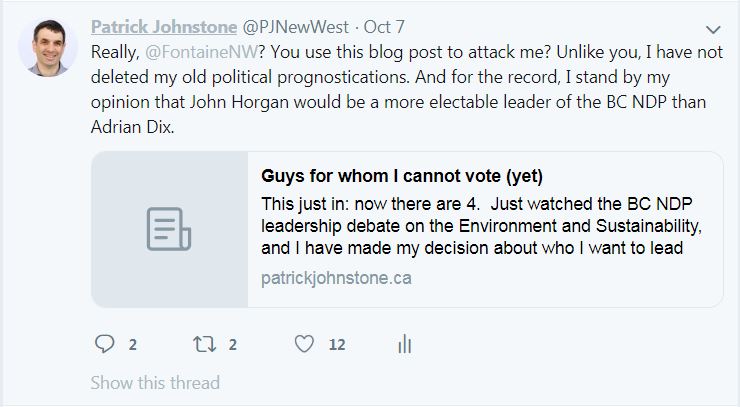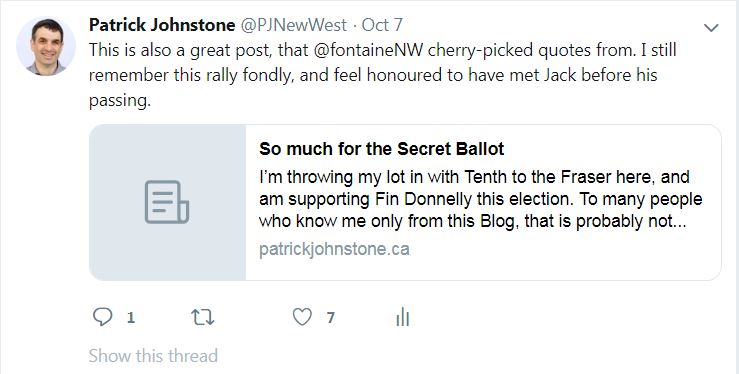One of the big topics we discussed at Council last week was a report from staff entitled “Response to Climate Emergency”. This policy-rich, wonky, but still preliminary report had its profile raised by a variety of delegates coming to speak to Council, urging aggressive climate action. That many of the delegates represented generations of people who will be around and most impacted by the climate crisis was not lost to anyone in the room.
If you want to read the report, it is here (because of the way our Council agendas work, you need to scroll down to page 81 of that big, ugly agenda package). I want to summarize some of what is in there, and talk a little about what I see as the risks and opportunities ahead. When we declared a Climate Emergency, we were asking our staff to show us the tools we could apply if we want to act like it is an emergency and shift our emissions towards the Paris targets. Now it is up to Council to give them the authorization and resources to use those tools.
When New Westminster (or any local government) talks about greenhouse gas emissions, we talk about two types of emissions. “Corporate” emissions are those created by the City of New Westminster as a corporation – the diesel in our garbage trucks, the gasoline in our police cars, and the fossil gas used to heat water in the Canada Games Pool or City Hall. This is managed through a Corporate Energy and Emissions Reduction Strategy or CEERS. For the sake of shorthand, that is currently about 4,000 Tonnes (CO2equivilent) per year. “Community” emissions are all of the other emissions created in our community – the gas you burn in your car, the gas you use to heat your house, the emissions from the garbage that you and your neighbors toss out, etc. These are managed through a Community Energy and Emissions Plan or CEEP. And again in shorthand they amount to more than 200,000 Tonnes (CO2equivelent) per year.
When Council supported the Climate Emergency resolution, it included the targets we want to hit for emissions reductions to align with the commitments that Canada made in Paris, and with the global objective of keeping anthropogenic climate change under 1.5C. This means reducing our emissions by 45% by 2030, 60% by 2040, and 100% by 2050. These targets are for both our Corporate and Community emissions.
Clearly, the City has more control over its corporate emissions. The two biggest changes will be in re-imagining our fleet and renovating our buildings. We can accelerate the shift to low- and zero-emission vehicles as technology advances. Passenger vehicles are easy, but electric backhoes are an emergent technology, and the various energy demands of fire trucks are probably going to require some form of low-carbon liquid fuels for some time. The limits on us here are both the significant up-front capital cost of cutting-edge low-emission technology, and the ability to build charging infrastructure. Rapidly adopting low- and zero-carbon building standards for our new buildings (including the replacement for the Canada Games Pool) will be vital here, but retro-fitting some of our older building stock is something that needs to be approached in consideration of the life cycles of the buildings – when do we renovate and when do we replace?
Addressing these big two aggressively will allow us some time to deal with the category of “others”. This work will require us to challenge some service delivery assumptions through an emissions and climate justice lens. Are the aesthetic values of our (admittedly spectacular) annual gardens and groomed green grass lawns something we can continue to afford, or will we move to more perennial, native and xeriscaped natural areas? How will we provide emergency power to flood control pumps without diesel generators? Can we plant enough trees to offset embedded carbon in our concrete sidewalks?
Those longer-term details aside, corporate emissions are mostly fleet and buildings, where the only thing slowing progress is our willingness to commit budget to it, and the public tolerance for tax increases or debt spending in the short term to save money in the long term.
Community emissions are a much harder nut to crack. Part of this is because the measurement of community emissions, by their diffuse nature, are more difficult. Another part is that a local government has no legal authority to (for example) start taking away Major Road Network capacity for cars and trucks, or to regulate the type of fuel regional delivery vehicles use.
We do have a lot of control over how new buildings are built, through powers given by the Provincial “Step Code” provisions in the Building Code. A City can require that more energy efficient building be built, recognizing that this may somewhat increase the upfront cost of construction. We can also relax the energy efficiency part in exchange for requiring that space and water heating and cooking appliances be zero carbon, which may actually offset the cost increase and still achieve the emissions reductions goals. The retrofit of existing buildings will rely somewhat on Provincial and Federal incentives (that pretty much every political party is promising this election), but we may want to look at the City of Vancouver model and ask ourselves at what point should we regulate that no more new fossil gas appliances are allowed?
Shifting our transportation realm will be the hard one. The future of personal mobility is clearly electric vehicles, autonomous vehicles, and shared vehicles. Somehow the Techno-optimists selling this dream fail to see what those words add up to: clean, reliable public transit. Yes, we are going to have to look at electrification of our private vehicle fleets, and getting chargers for electric vehicles into existing multi-family buildings is an economic and logistical barrier to complete adoption, but ultimately we need to reduce the number of motorized private vehicles moving through our City, because that is the only way we can make the use of alternatives safer, more comfortable, and more efficient.
Denser housing, more green spaces, better waste management built on the foundation of reducing wasteful products, and distributed energy systems linked by a smarter electricity grid – these are things we can build in the City that will get us to near-zero carbon. We can layer on resiliency of our systems and food security decoupled from fossil-fuel powered transglobal supply chains, but that is another couple of blog posts. If you are not getting the hint here, we are talking about transforming much of how we live our lives, because how we have lived our lives up to now is how we ended up in this emergency despite decades of seeing it coming.
The barrier to community emissions reductions is less about money and more about community drive / tolerance for change. Every time we (for example) take away 5 parking spots on 8th Street to provide a transit queue-jumping lane, it will be described by automobile reliant neighbours as the greatest indignity this Council ever imposed on residents. Building a separated bike lane network so our residents can safely and securely use emerging zero-carbon transportation technology like e-assist bikes and electric scooters will be vilified as causing “traffic chaos”, and opponents will somehow forget that “traffic chaos” has been the operating mode of New Westminster roads for 50+ years.
The questions will be: Do we have the political will to do what must be done? Will our residents and businesses, who overwhelmingly believe that climate action is necessary, be there to support the actions that may cause them some personal inconvenience, or challenge their assumptions about how their current practice impacts the community’s emissions profile?
The delegates who came to Council asked us to act, and I threw it back at them: they need to act. As helpful as constant reminders of the need to do this work are, we need to bring the rest of the community on board as well. We passed the Climate Emergency declaration, and now we have a toolbox we are ready to open. To some in our community still mired in denial, that toolbox looks like the Ark of the Covenant from the first Indiana Jones movie. How will we shift that perception?
Shit is about to get real. We need climate champions in this community to turn their attention towards educating and motivating their neighbours – the residents, business and voters of this community – that these actions are necessary and good. Political courage only takes us to the next election, real leadership needs to come from the community. Let’s get to work.
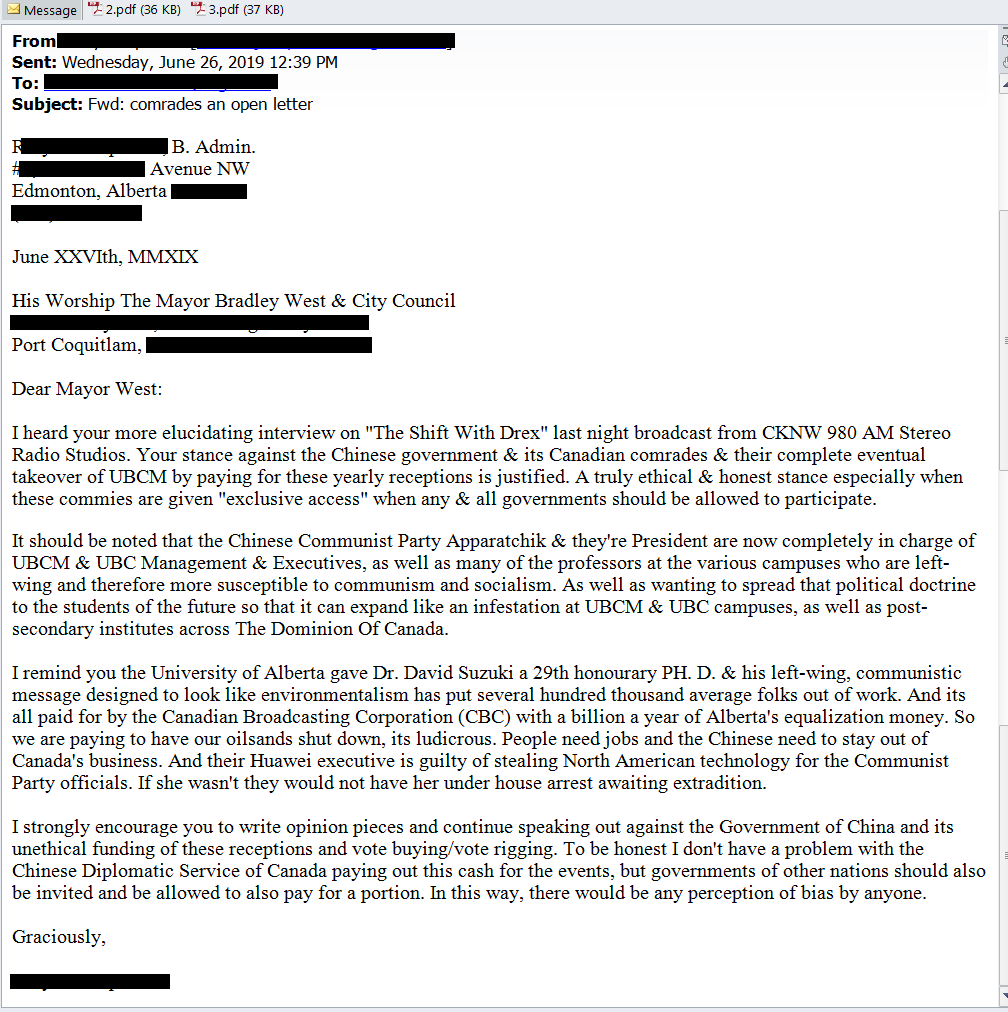
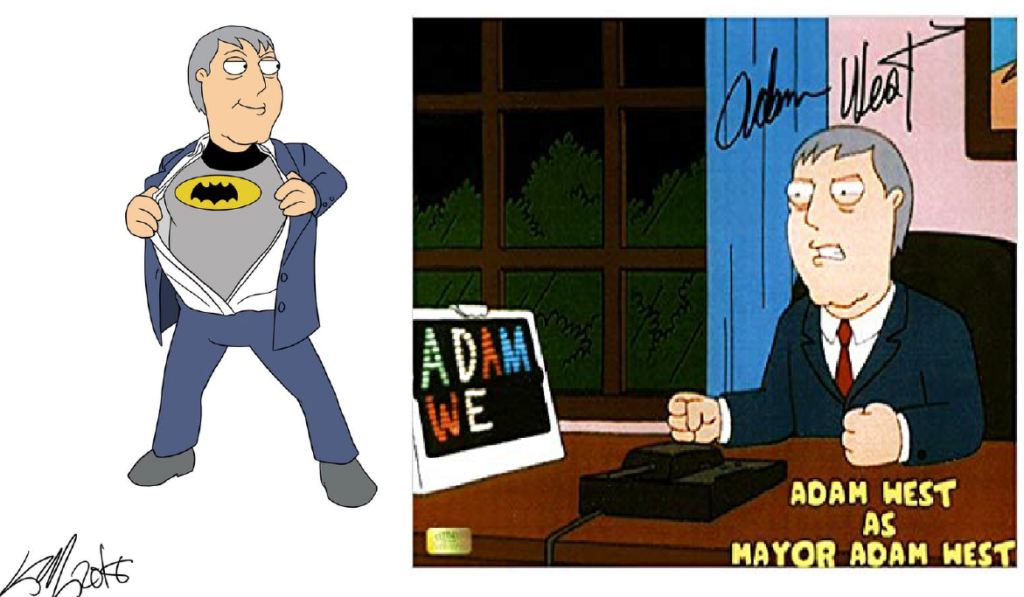
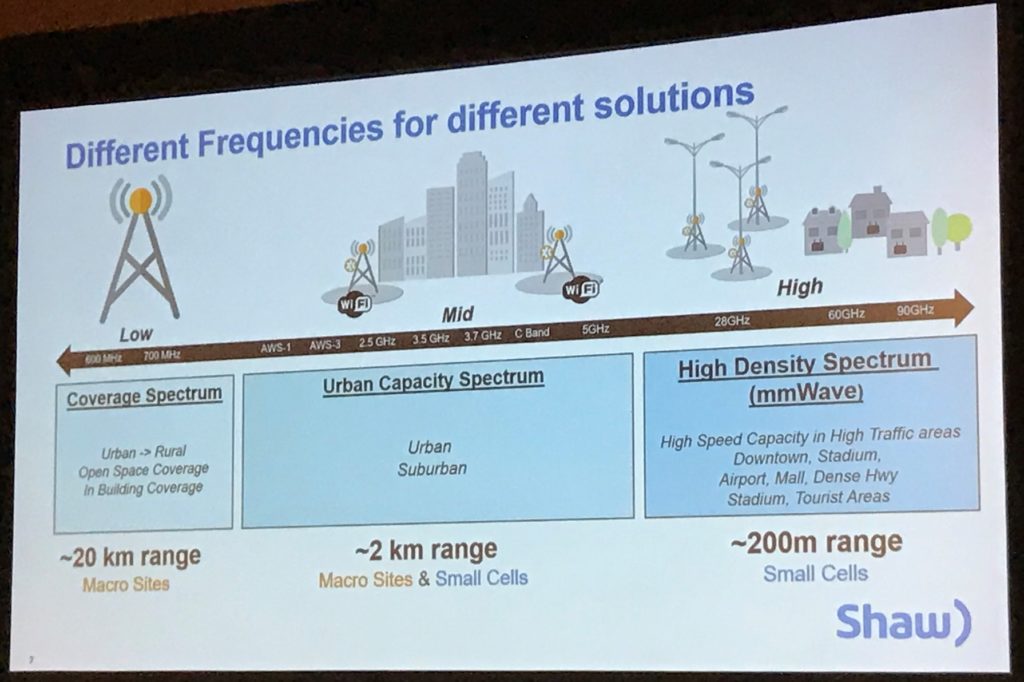
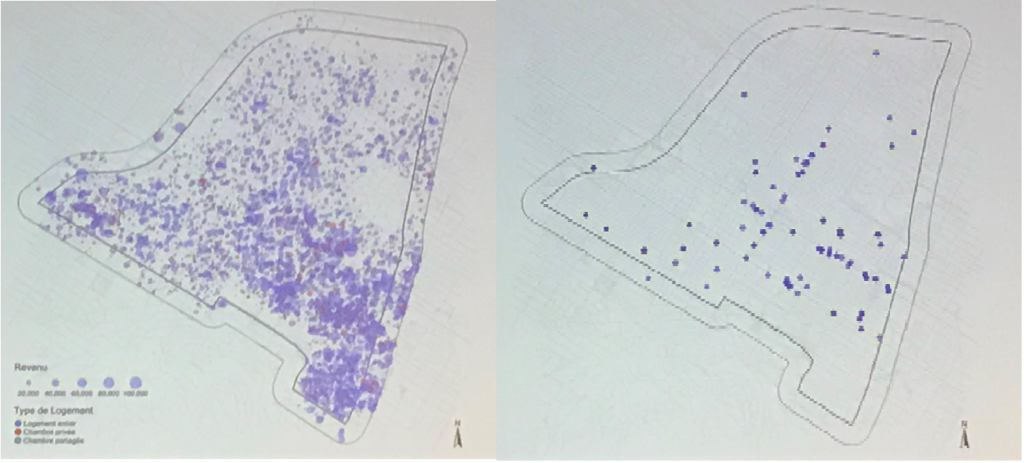
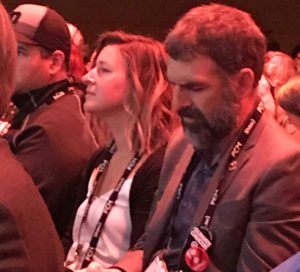
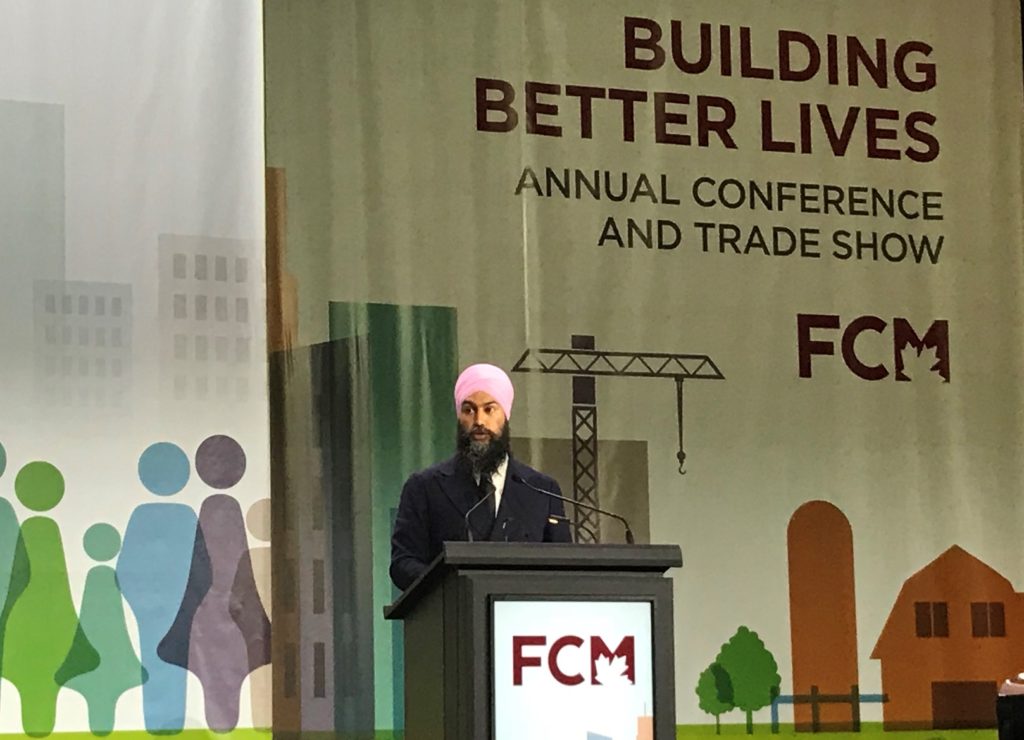 Jagmeet Singh was the first leader to open with a land acknowledgement, and the first to speak without a teleprompter. He had notes, but riffed off of them freely. His speech was good if unpolished. He promised a lot (pharmacare, broadband, infrastructure funding, removing barriers to post-secondary education), but to me the most telling part was that he was the only leader to link climate action to inequality and the need for a just transition away from fossil fuels. That was the message I wanted to hear (and increasingly, that is the message among people looking for climate action in Canada), and he delivered it clearly without equivocation.
Jagmeet Singh was the first leader to open with a land acknowledgement, and the first to speak without a teleprompter. He had notes, but riffed off of them freely. His speech was good if unpolished. He promised a lot (pharmacare, broadband, infrastructure funding, removing barriers to post-secondary education), but to me the most telling part was that he was the only leader to link climate action to inequality and the need for a just transition away from fossil fuels. That was the message I wanted to hear (and increasingly, that is the message among people looking for climate action in Canada), and he delivered it clearly without equivocation.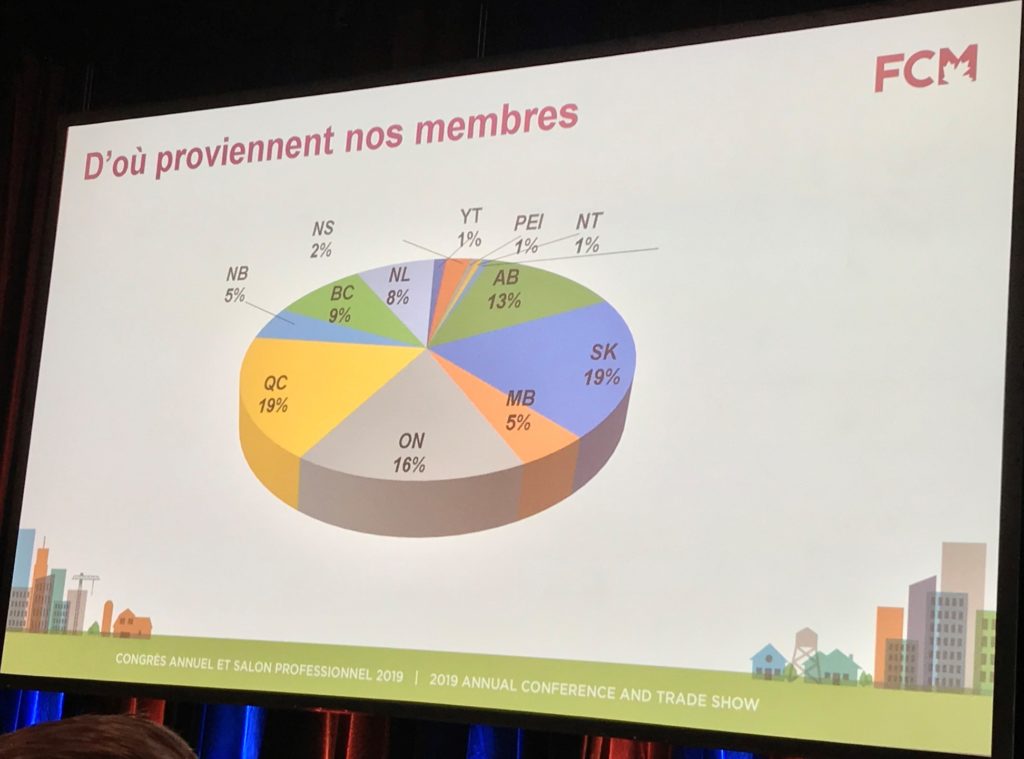
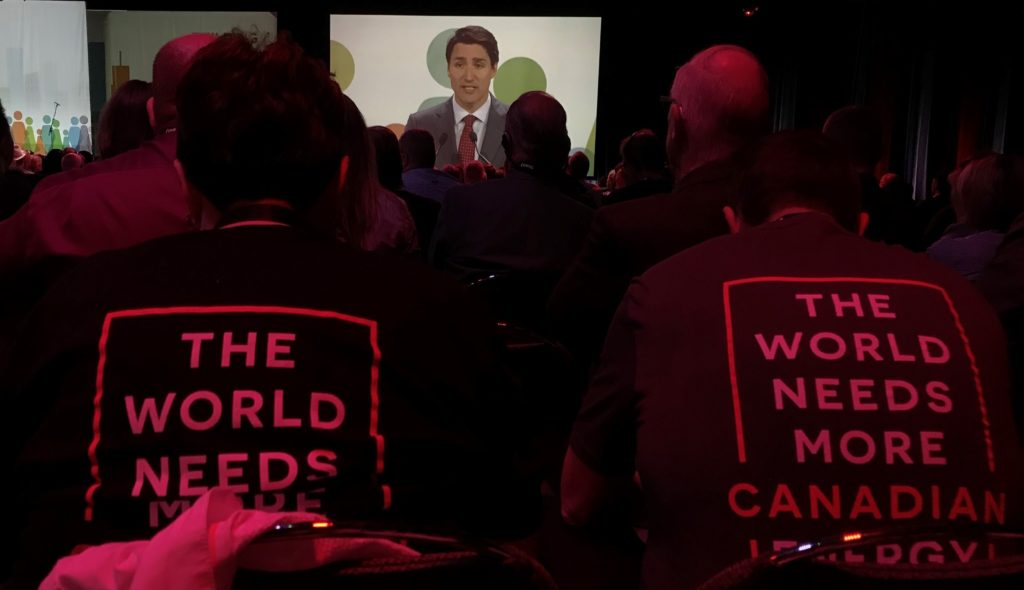
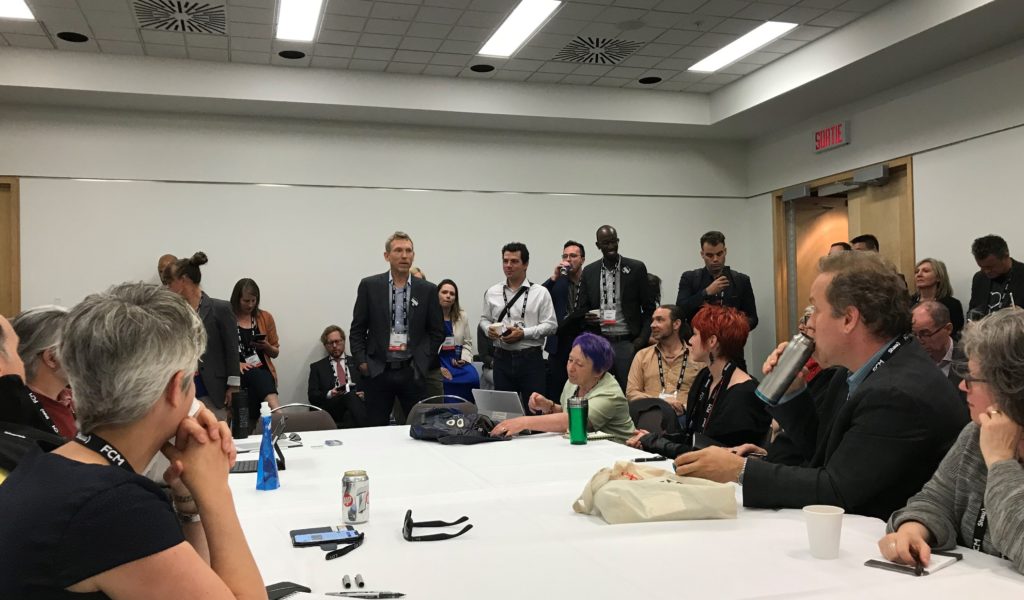
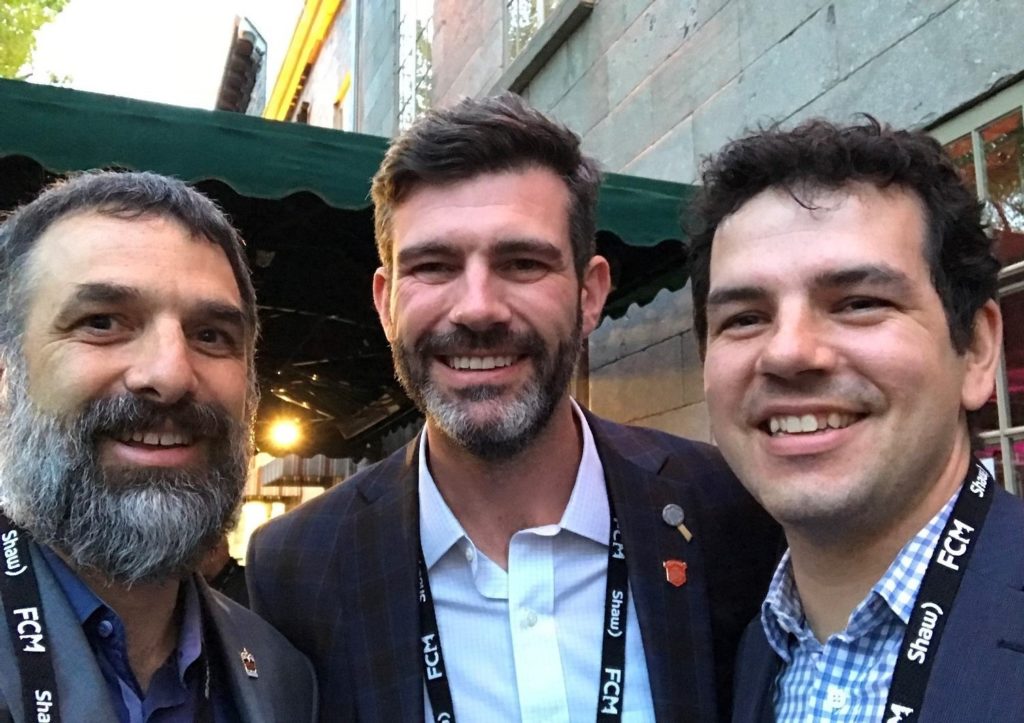
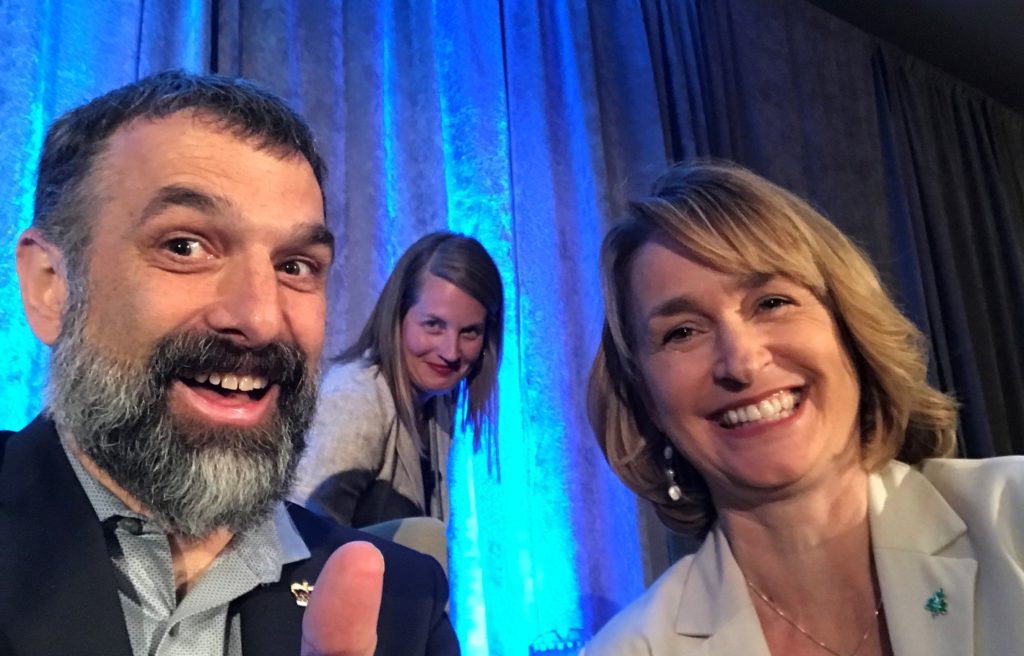
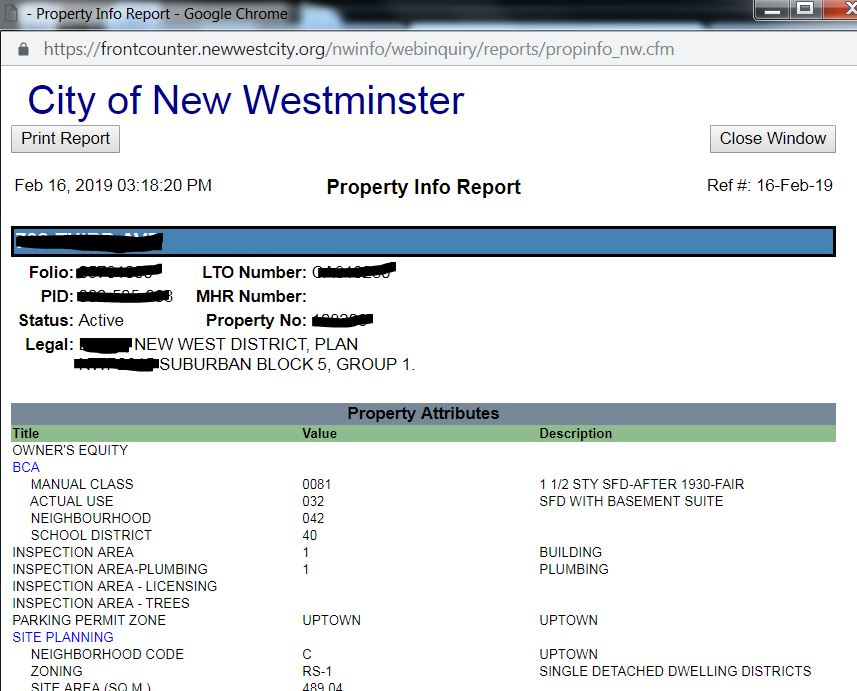
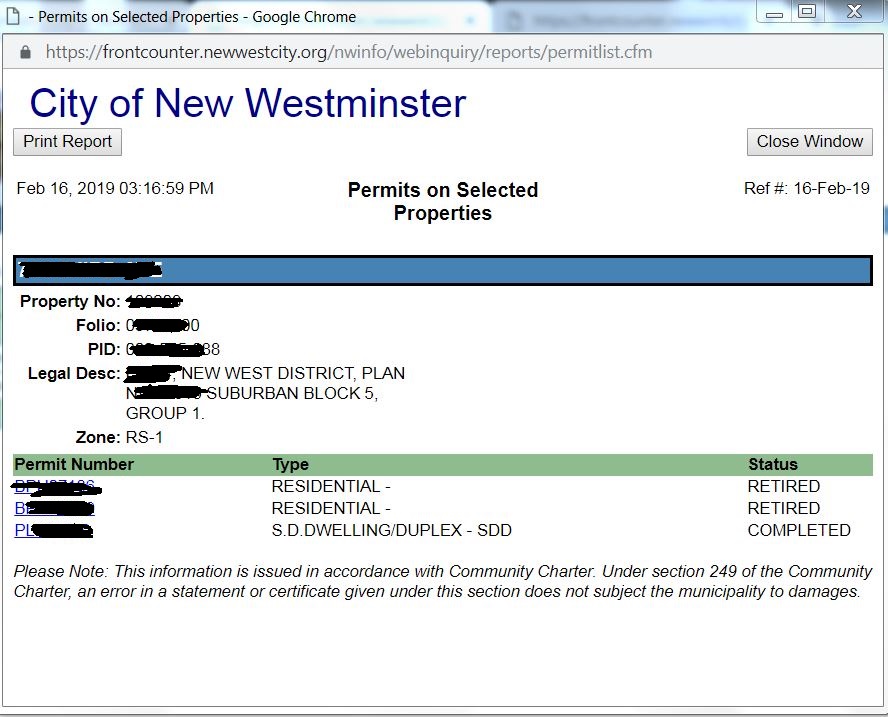 Here I can see three permit numbers: the original building permit was from 1940, my rear sundeck was built in 1987 with a valid permit, and I can see the permit I took out for my bathroom renovation project I did two years ago.
Here I can see three permit numbers: the original building permit was from 1940, my rear sundeck was built in 1987 with a valid permit, and I can see the permit I took out for my bathroom renovation project I did two years ago.
